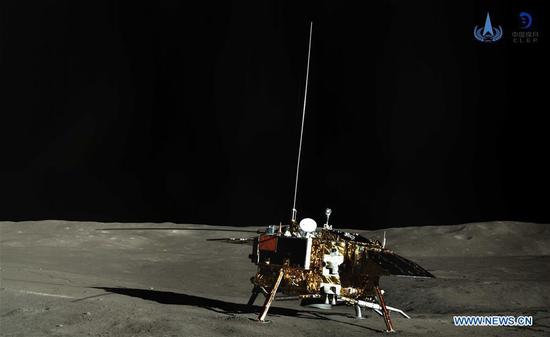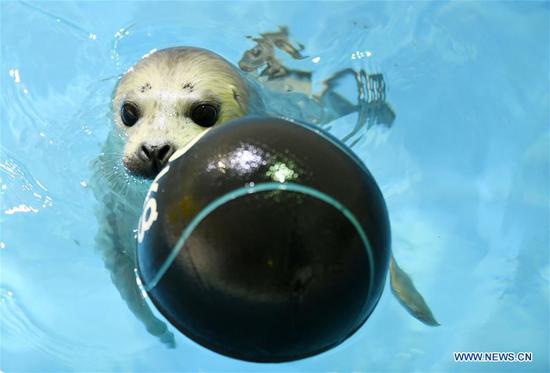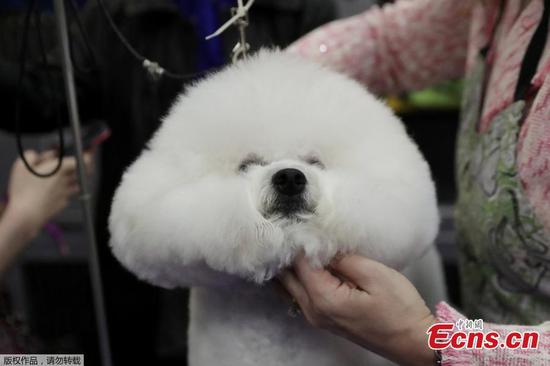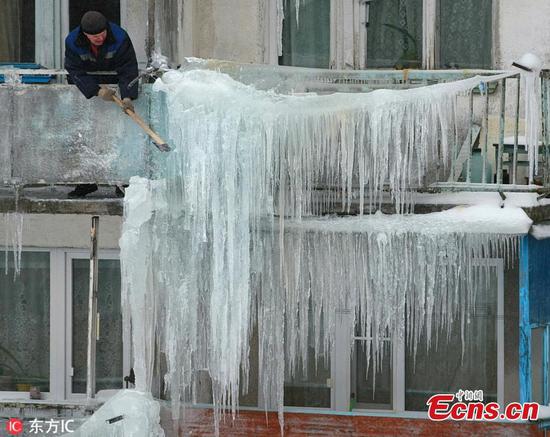A group of Chinese scientists have developed an affordable window screen that can block nearly all hazardous particulates, including tiny PM2.5 particles, its developers said.
The breakthrough was produced by a team led by materials science professor Yu Shuhong with the University of Science and Technology of China-also a three-time winner of the State Natural Sciences Award-according to their newly published paper in iScience, an open-access journal of Cell Press, based in the United States.
The online version is now available on the journal's website and will be in the print edition on Feb 22.
In its best test performance, the screen quickly filtered 99.65 percent of the fine particulate matter, which means the average concentration of PM2.5 would be lowered from 248 micrograms per cubic meter to 32.9 micrograms within 50 seconds, improving the air quality from severely polluted to good, said Liu Jianwei, associate professor of USTC and author of the paper.
Liu said coating nylon mesh with an ink with tiny nanowire structures is key to giving the screen "new properties".
The researchers found that passing a 10 watt electrical current through the screening material allows it to stop 99.65 percent of fine particulate matter like PM2.5 from passing through.
Making a 7.5 square meter sheet of the screen costs only 100 yuan ($15) and takes about 20 minutes, and the scientists think it will be easy to expand production, according to the paper.
When it gets dirty, it can be easily cleaned by immersing it in alcohol.
"The performance will remain stable even after 100 cycles of haze filtration and cleaning," Liu said. Also, Liu said, "the color darkens when the voltage increases" Liu said, meaning that adjusting the current changes its transparency by darkening or lightening the particles adhering to the fabric.
The low-voltage technology to adjust light entering a building can help save energy as well.
"The voltage is safe even for skin contact for humans," said the scientist.
Though Liu said he thinks the new material has good prospects for commercial applications, he said the team has not yet applied for a patent.
"As researchers, we are not good at commercial operations, but perhaps in the foreseeable future, engineers will help us bring the lab's achievement into commercial production." Liu said.
The fight against air pollution has prompted scientists to develop new materials.


















































